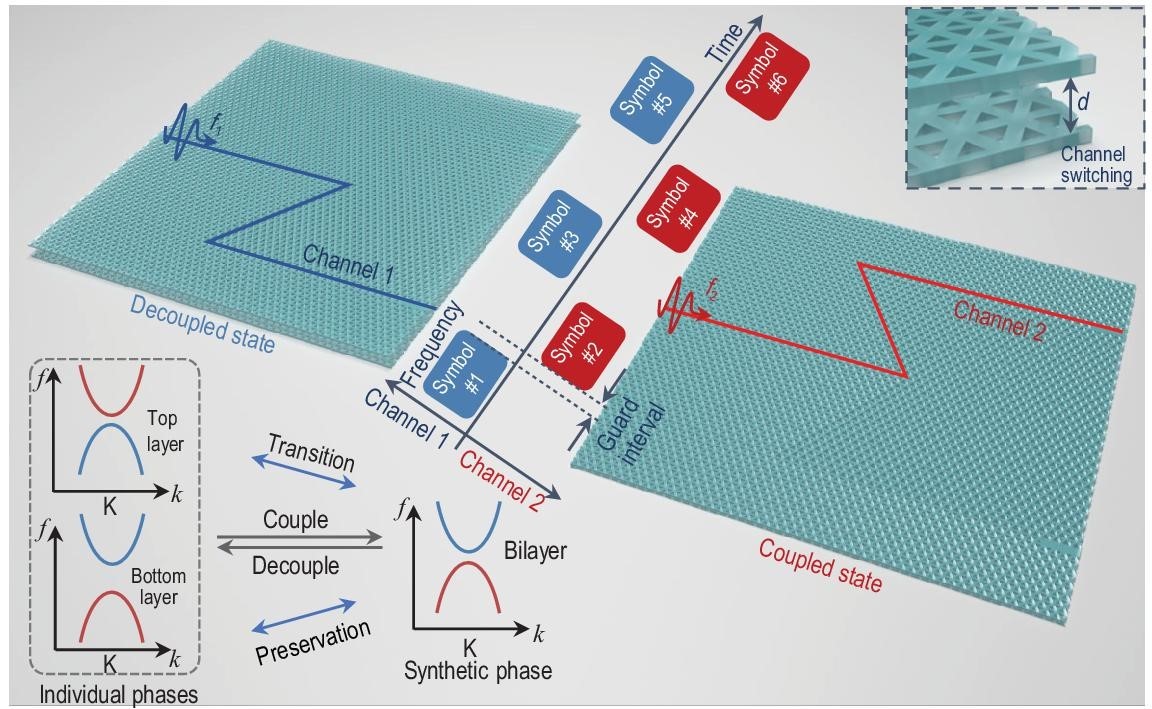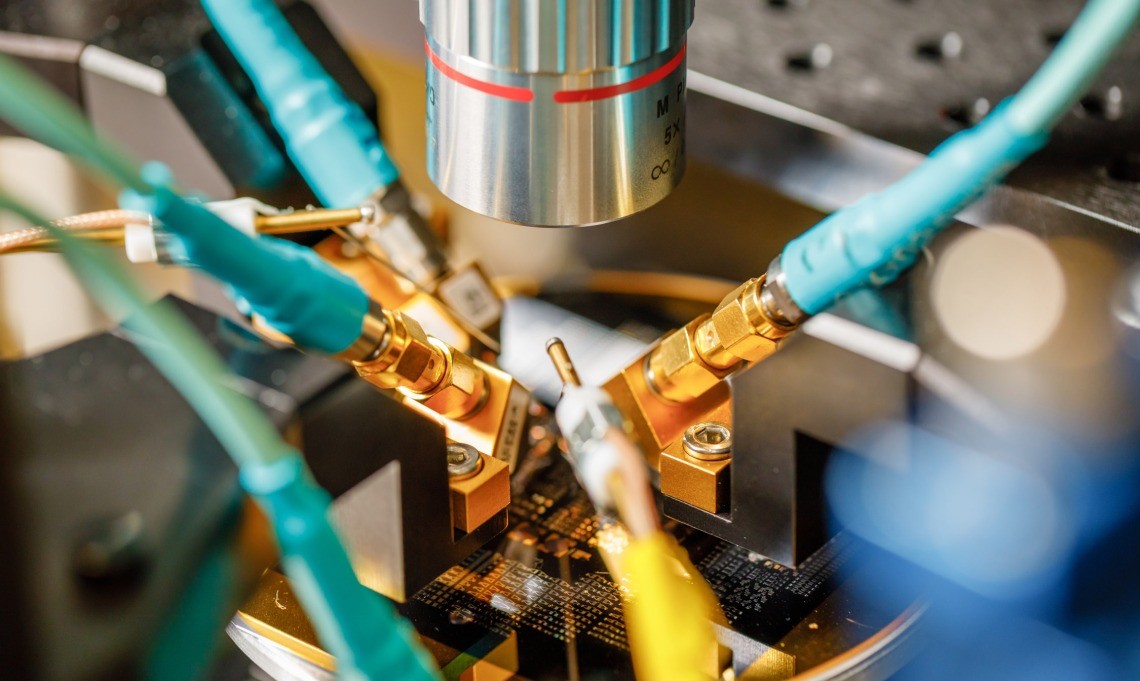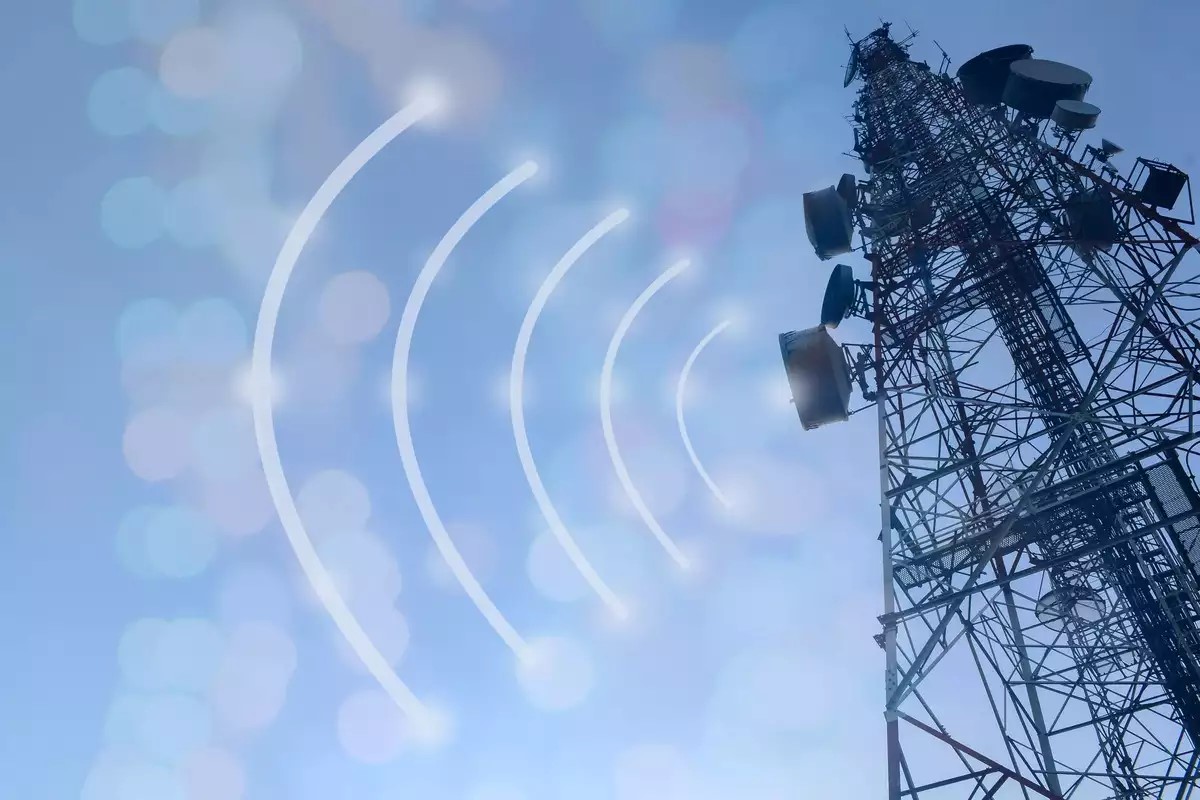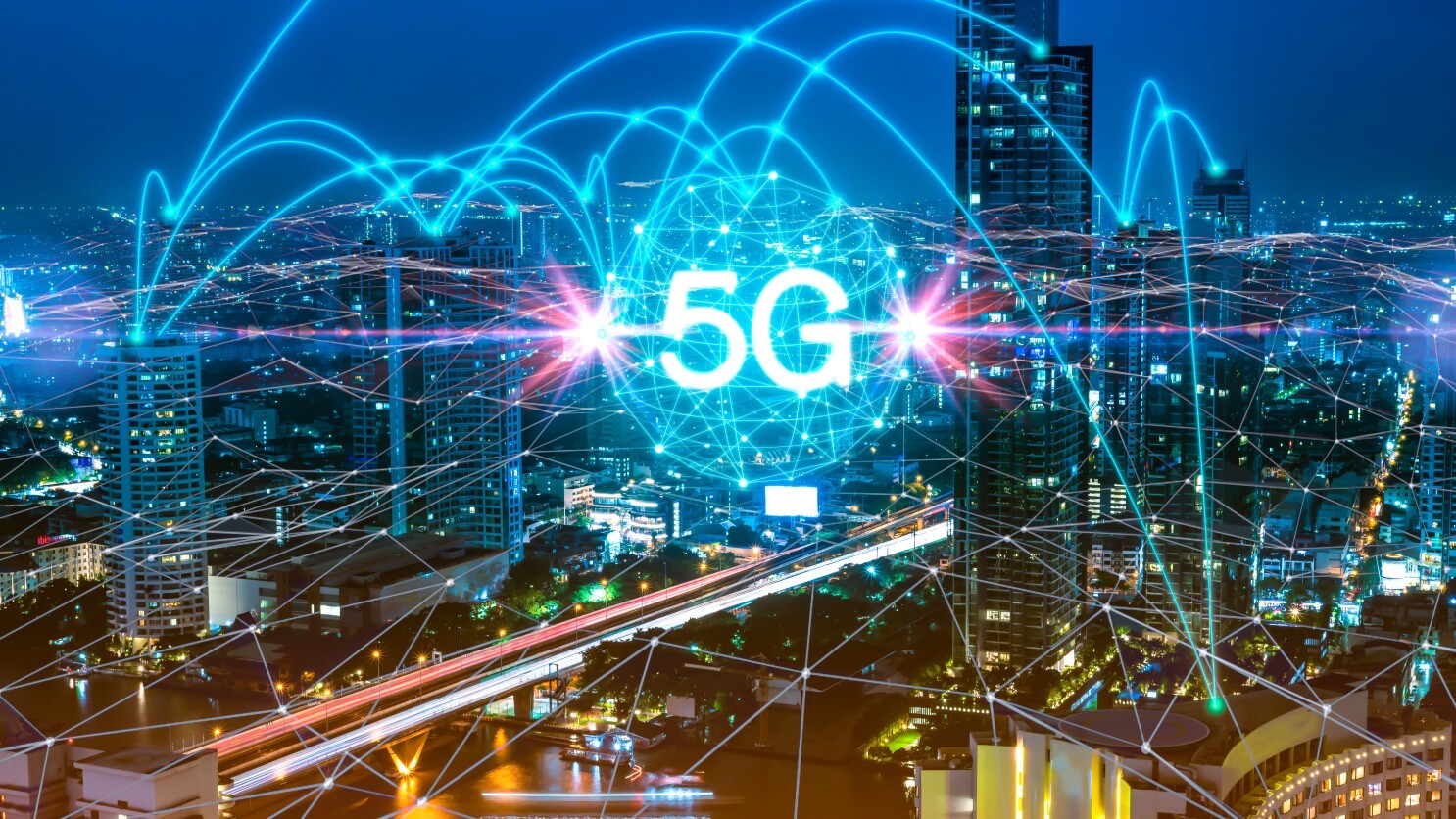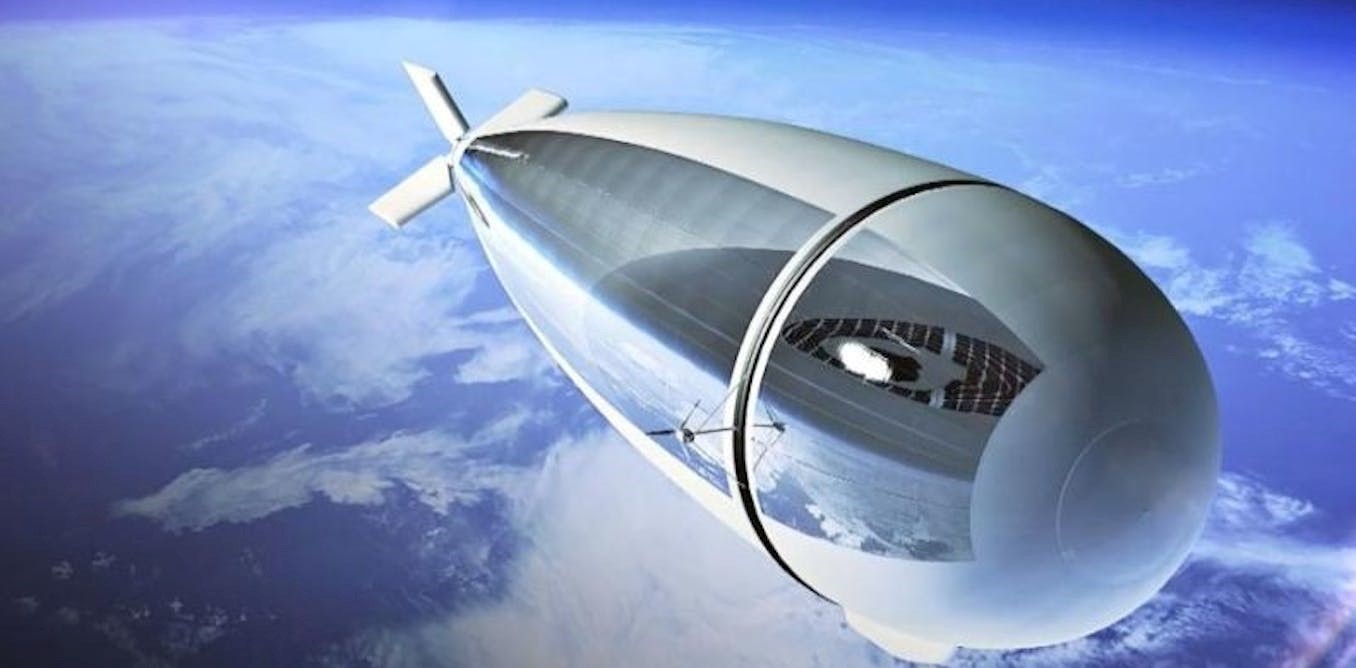Pioneering Advances in 5G and Beyond: New Radio-Wave Absorbers for Ultra-Fast Wireless Networks
As 5G services rapidly expand worldwide, leveraging the power of millimeter-wave (mmW) frequencies in the 24 GHz to 71 GHz range (known as frequency range 2 or FR2), the stage is set for the next generation of ultra-fast wireless connectivity. Expected to debut in the 2030s, Beyond 5G and 6G networks promise speeds exceeding 100 Gbit/s. To achieve these speeds, frequencies in the 150 GHz to 300 GHz range are being considered, although crucial components like advanced radio-wave absorbers still require development. These absorbers are essential for minimizing reflections and emissions from communication modules across wide bandwidths, a key need for the modular, high-frequency environment of future networks.

Figure 1. The Proposed Method. (Credit: Institute of Science Tokyo)
Figure 1 shows abricated radio-wave absorber and measurement setup (a) at 30 GHz and (b) at 150 GHz. Measurement results at 30 GHz and (d) at 150 GHz.
A collaborative research effort, including teams from the Institute of Science Tokyo, Hiroshima University, Tokyo University of Science, the National Institute of Information and Communications Technology (NICT), and Maxell, Ltd., has introduced a groundbreaking solution: "wide-incident-angle radio-wave absorbers for mmW and THz applications." These innovative absorbers, built on loop-shaped frequency-selective surfaces (FSS), are designed to work seamlessly with advanced antenna technologies, including beamforming and steering, to improve absorption even at wide incident angles. The FSS design also allows application across various frequencies, enhancing performance in lower-frequency systems like 4G LTE, 5G, Wi-Fi, and Bluetooth, with a notable transmission loss reduction to below 7 dB at 2.4 GHz. For higher-frequency applications, these absorbers deliver an impressive 90% absorption across the 26.5 GHz–40 GHz range (for 30-GHz absorbers) and 95.4 GHz–181 GHz/328 GHz–431 GHz (for 150-GHz absorbers) at angles up to 60 degrees, paving the way for powerful, interference-resistant communication in the networks of tomorrow.
Source: Institute of Science Tokyo
References:
- https://www.eurekalert.org/news-releases/1063274
- https://techxplore.com/news/2024-11-wide-incident-angle-wideband-radio.html
Cite this article:
Hana M (2024), Pioneering Advances in 5G and Beyond: New Radio-Wave Absorbers for Ultra-Fast Wireless Networks, AnaTechMaz, pp. 132


